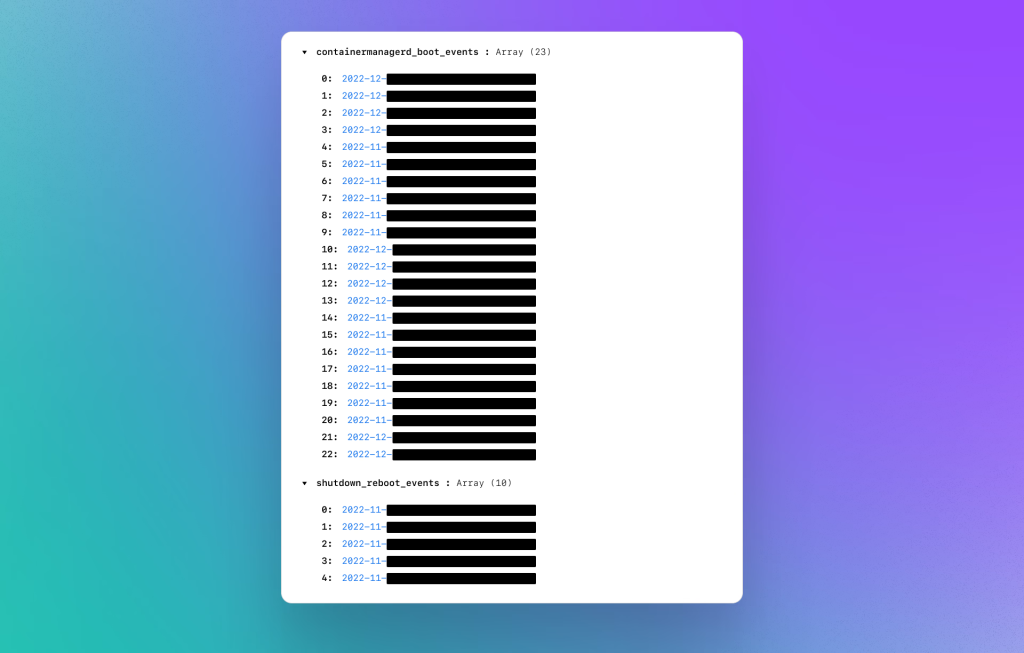Apple’s latest operating system update, iOS 26, inadvertently introduces a forensic catastrophe for security researchers and device users concerned about spyware infections.
The update fundamentally changes how the shutdown.log file operates, effectively erasing crucial evidence of sophisticated malware like Pegasus and Predator spyware from affected devices.
For years, the shutdown.log file buried within the Sysdiagnoses section of Unified Logs has served as a critical forensic artifact for detecting iOS malware.
Located in the path Sysdiagnose Folder > system_logs.logarchive > Extra > shutdown.log, this log file records system activities during the device shutdown sequence, providing investigators with an often-overlooked window into potential compromises.
However, iOS 26 fundamentally changes this by overwriting the shutdown.log file on every device reboot rather than appending new entries and preserving historical snapshots.
iOS 26’s Shutdown.log Change: A Critical Vulnerability
The shift from appending to overwriting represents either an intentional design decision or an unforeseen bug with significant implications.
When users update to iOS 26 and subsequently restart their devices, all previous shutdown.log entries are completely erased, destroying any evidence of past Pegasus or Predator infections.
This automatic sanitization of forensic artifacts occurs at precisely the wrong time, as spyware attacks continue targeting high-profile executives, celebrities, and civil society figures globally.

The technical mechanism is straightforward but devastating: instead of maintaining a historical log file that grows with each shutdown event, iOS 26 replaces the entire shutdown.log with fresh entries. Any indicators of compromise previously recorded in older log entries are permanently lost.
This development particularly impacts users who may have been unknowingly infected for extended periods, as their forensic trail is completely destroyed upon updating.
Implications for Malware Detection and Forensic Investigation
Before iOS 26, security researchers identified specific indicators of compromise tied to anomalies in shutdown.log.
Pegasus 2022 infections, for instance, left traces of /private/var/db/com.apple.xpc.roleaccountd.staging/com.apple.WebKit.Networking entries within the log, revealing NSO Group’s shift toward using legitimate system process names rather than obviously suspicious identifiers.
Additionally, investigators employing containermanagerd log correlation on iOS 18 and earlier devices could identify discrepancies between boot events and shutdown.log entries, revealing hidden malicious activity.
With iOS 26 automatically eliminating this forensic evidence, compromised devices become virtually indistinguishable from clean systems, leaving no external evidence or real-time detection mechanisms.
Users concerned about potential compromise should immediately extract and preserve a sysdiagnose from their device before updating to iOS 26, safeguarding any historical shutdown.log data that might reveal infections.
Find this Story Interesting! Follow us on Google News , LinkedIn and X to Get More Instant Updates